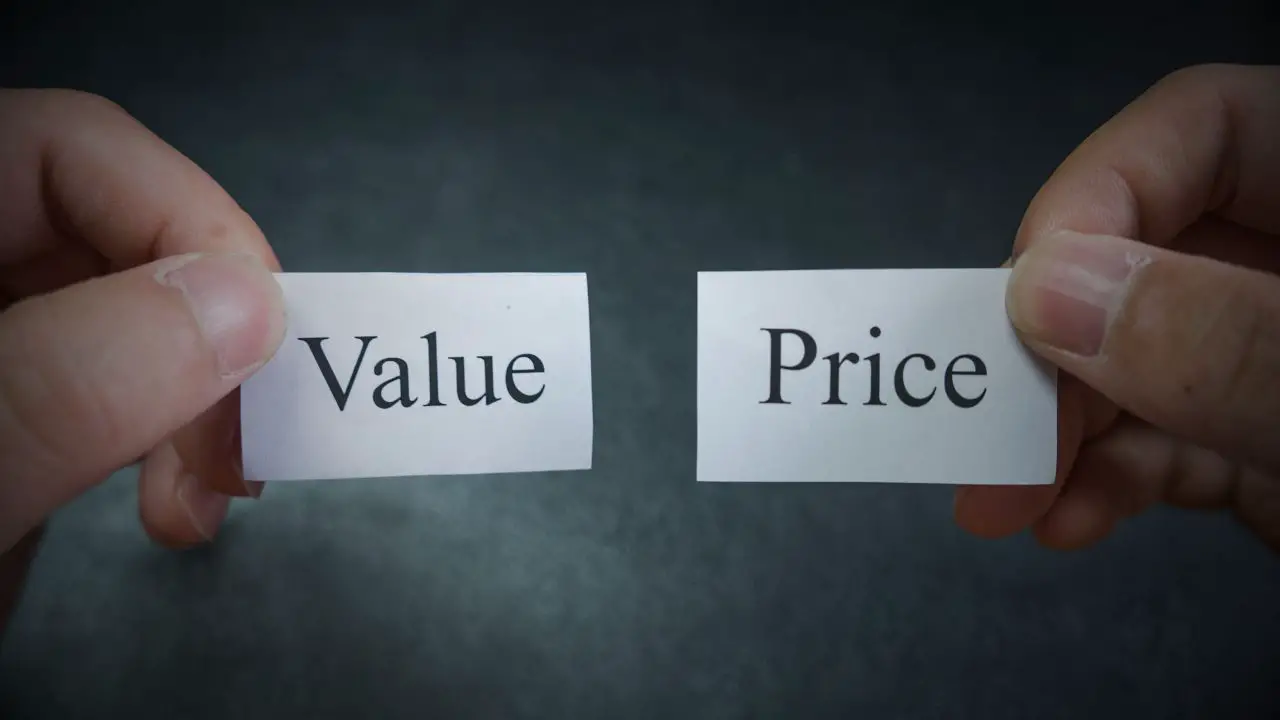Option premium is a crucial aspect of options trading that every trader and investor needs to understand. In this article, we’ll delve into the concept of option premium in detail, explaining what it is, how it’s calculated, and how it changes over time. By the end of this article, you’ll have a solid understanding of option premium and how it impacts your options trades.
What is option premium?
So, what exactly is option premium? At its most basic, option premium is the price of an option contract. When you buy or sell an option, you pay or receive a certain amount of money, which is the option premium. It’s composed of two main components: intrinsic value and extrinsic value (time value).
Intrinsic value vs Extrinsic value
Intrinsic value is the amount by which an option is in-the-money. For example, let’s say you have a call option on a stock with a strike price of $50 and the stock is currently trading at $55. The intrinsic value of the option would be $5, as that is the amount by which the option is in-the-money. If the stock were trading at $40, the option would have no intrinsic value, as it would be out-of-the-money.
Extrinsic value, or time value, is the portion of the option premium that is based on the length of time until the option expires. The longer the option has until it expires, the more time value it will have. This is because the option has more time to potentially become in-the-money and therefore has more potential value.
How is option premium calculated?
So, how do you calculate option premium? It’s important to consider the various factors that can affect option premium, including the price of the underlying asset, volatility, time to expiration, and interest rates.
- The price of the underlying asset: As the underlying asset’s price increases or decreases, the value of the option will also increase or decrease. For example, let’s say you have a call option on a stock with a strike price of $50 and the stock is currently trading at $55. The option has an intrinsic value of $5, as we mentioned earlier. But the option also has time value, which is based on the length of time until the option expires and the current volatility of the stock. If the stock has high volatility, the option may have a higher premium due to the increased uncertainty.
- Volatility: Options on assets with high volatility will typically have higher premiums due to the increased uncertainty. This is because there is a greater chance that the underlying asset’s price will move significantly in a short period of time, which could make the option more valuable. On the other hand, options on assets with low volatility will typically have lower premiums, as there is less uncertainty about the asset’s price movements.
- Time till expiration: The longer the option has until it expires, the more time value it will have. This is because the option has more time to potentially become in-the-money and therefore has more potential value. As the option approaches expiration, the time value component of the premium will decrease, leading to a decrease in the overall option premium.
- Interest rates changes: Higher interest rates can make it more expensive to hold an option, as the cost of borrowing money increases. This can lead to a decrease in the option premium. On the other hand, lower interest rates can make it cheaper to hold an option, leading to an increase in the option premium.
How does option premium change over time?
So, how does option premium change over time? As we mentioned earlier, the time value component of the option premium decreases as the option approaches expiration. This means that the overall option premium will generally decrease as the expiration date approaches.
In addition to the time value component decreasing as the option approaches expiration, option premium can also be affected by changes in the underlying asset’s price, volatility, and other factors. For example, if the underlying asset’s price increases significantly, the option’s intrinsic value will also increase, leading to an increase in the option premium. On the other hand, if the underlying asset’s price decreases significantly, the option’s intrinsic value will decrease, leading to a decrease in the option premium.
Similarly, if the underlying asset becomes more volatile, the option premium may increase due to the increased uncertainty. Conversely, if the underlying asset becomes less volatile, the option premium may decrease.
Quick recap
Understanding option premium and how it’s affected by time, volatility, and price fluctuation is an essential concept for traders and investors to understand. By knowing how option premium is calculated and how it changes over time, you can make more informed decisions about buying and selling options.



